15 Restaurant Chains That Should Stay Closed And 5 That Vanished For Good Reason
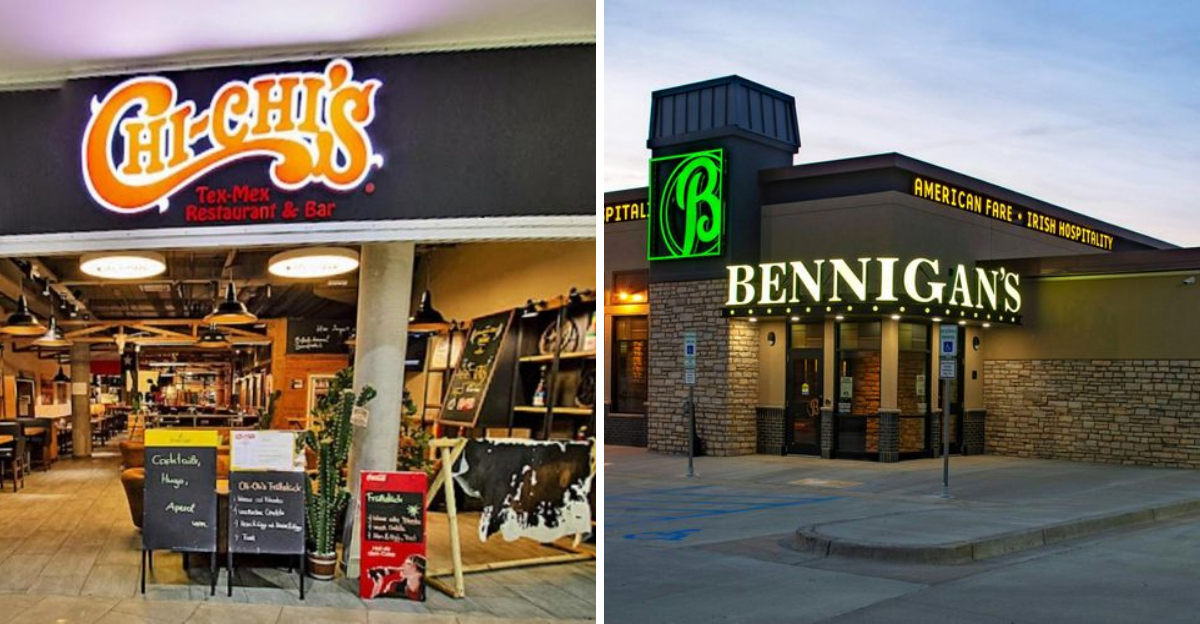
Explore the curious cases of 20 restaurant chains that have vanished from our dining landscapes. Some have disappeared completely, leaving behind only memories, while others linger in nostalgia yet remain better off closed. This list examines 15 chains that should remain in the past and 5 that vanished for reasons that were perhaps justified. Discover the unique blend of history, nostalgia, and culinary missteps that defined each of these once-popular establishments.
1. Chi-Chi’s
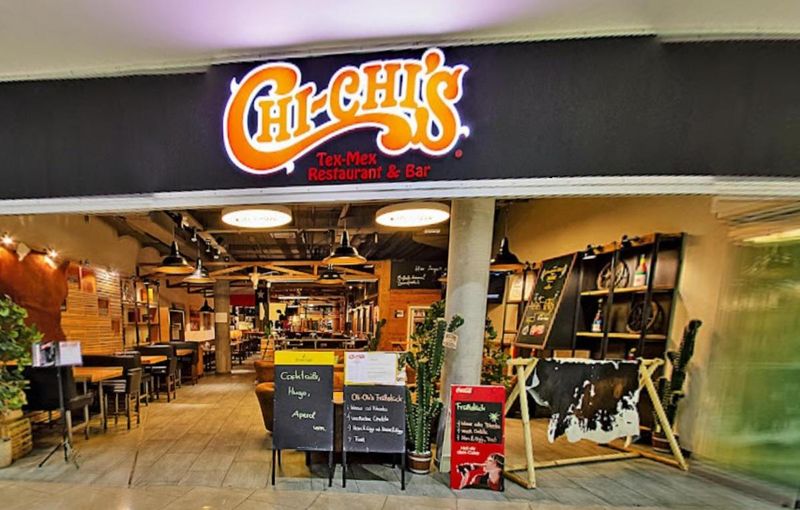
Once a go-to for Mexican fare, Chi-Chi’s ultimately met its demise following health scares that overshadowed its otherwise festive atmosphere. Known for its vibrant décor and lively ambiance, the restaurant couldn’t survive the negative publicity of a Hepatitis A outbreak. The salsa brand endures, but the eateries are a thing of the past. The nostalgia is palpable, but the memories are tainted by its unfortunate end. Chi-Chi’s story serves as a cautionary tale of how quickly popularity can sour.
2. Steak and Ale

Steak and Ale tried to capture a sense of upscale dining with its wood-paneled interiors and candlelit tables. However, the menu failed to evolve beyond its 1970s roots, leading to its eventual fade into obscurity. Patrons were drawn to the promise of elegance, yet were met with uninspired, bland dishes. Despite its noble intentions, Steak and Ale couldn’t keep pace with changing culinary tastes, leading to its quiet exit from the dining scene.
3. Bennigan’s
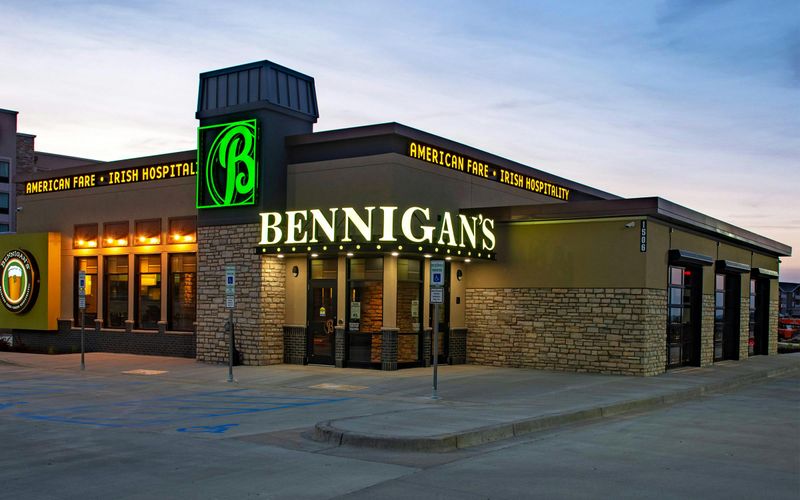
Bennigan’s sought to bring the Irish pub experience to America, but ended up delivering a version that lacked charm or authenticity. Its generic approach to pub culture left more to be desired, and the menu was equally uninspiring. As competition in the casual dining sector grew, Bennigan’s failed to adapt, ultimately leading to its decline. The idea was ambitious, but the execution left it wanting, marking its place among chains better left in the past.
4. Rax Roast Beef
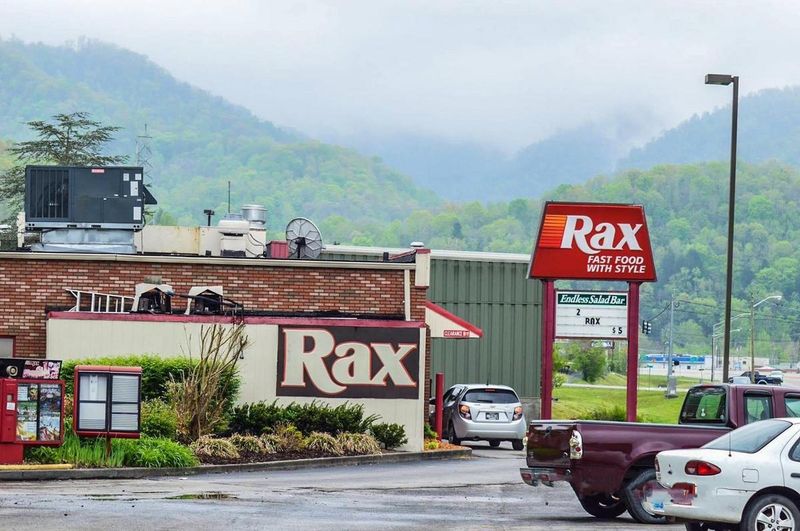
Rax Roast Beef’s journey from a simple roast beef eatery to an identity-crisis riddled chain is as perplexing as it is memorable. Initially focused on roast beef sandwiches, it later ventured into salad bars and spaghetti, confusing its customer base. The unclear brand direction and failure to specialize led to its downfall. Loyalists remember the roast beef fondly, but the chain’s attempt to be everything to everyone did more harm than good.
5. Kenny Rogers Roasters
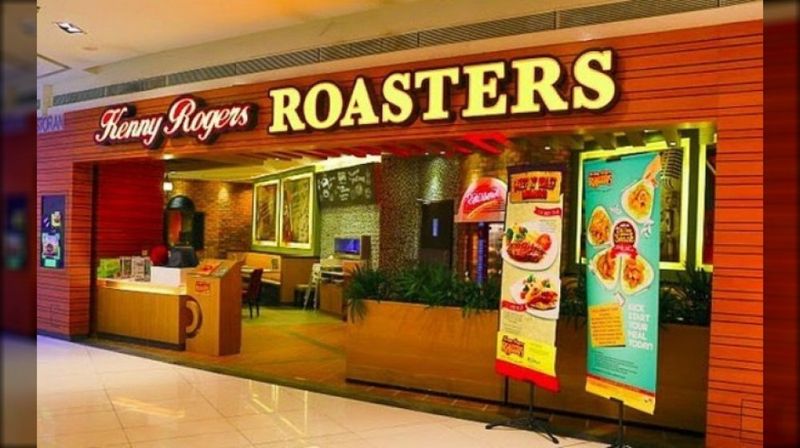
Despite a famous Seinfeld cameo, Kenny Rogers Roasters couldn’t sustain its market presence. The chain, famed for its juicy rotisserie chicken, was overshadowed by stiff competition and changing consumer preferences. Its focus on a single product line was both a strength and a weakness, ultimately leading to its fall. Kenny Rogers Roasters remains a pop culture reference, but its physical presence has largely vanished, leaving loyal fans yearning for its return.
6. Arthur Treacher’s Fish & Chips
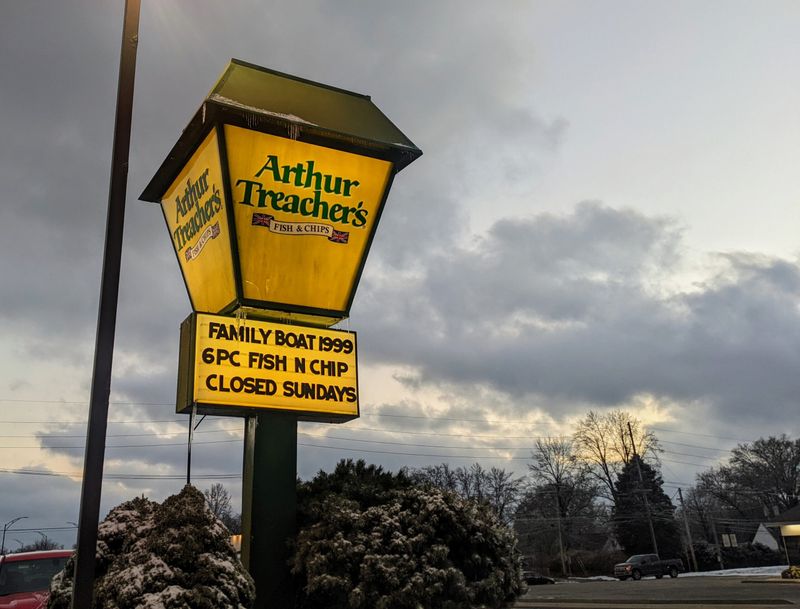
Arthur Treacher’s promised the authentic British fish and chips experience but failed to deliver on quality. Greasy fish and soggy fries became its unfortunate signature, overshadowing any nostalgic charm. Despite its initial popularity, the menu couldn’t compete with evolving tastes and higher quality competitors, leading to its decline. The experience, once novel, quickly turned stale, leaving little reason for revival beyond a trip down memory lane.
7. Ground Round
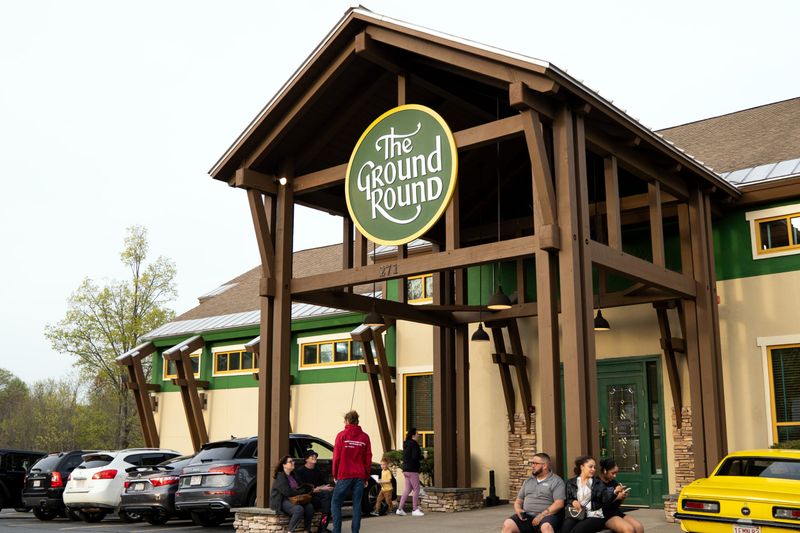
Ground Round was once a family favorite, known for its quirky practice of allowing patrons to throw peanut shells on the floor. However, its charm faded as the restaurant failed to keep up with industry trends. The novelty wore off, and the menu, once a crowd-pleaser, became outdated. As times changed, Ground Round was unable to adapt, leaving behind memories of a bygone era that few are in a hurry to revive.
8. Lums
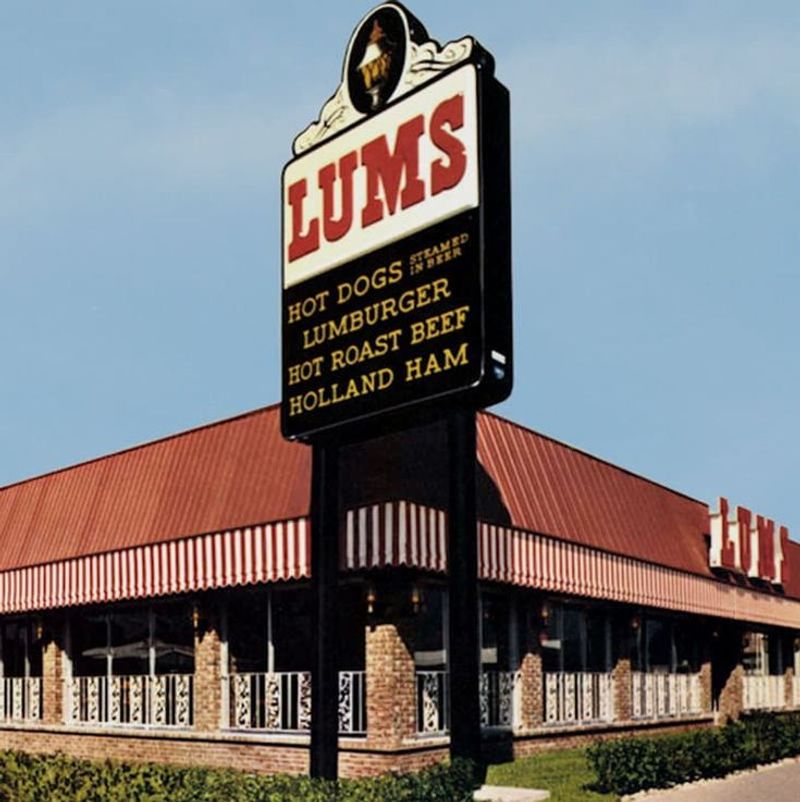
Famed for its beer-steamed hot dogs, Lums held a unique place in American fast-casual dining. However, novelty wasn’t enough to sustain it as tastes evolved and competition increased. The rest of the menu felt more like an afterthought, unable to capture diners’ imaginations. Lums’ decline was swift, as it struggled to stay relevant in a rapidly changing food landscape. The hot dogs remain a nostalgic memory, but the chain’s return seems unlikely.
9. Howard Johnson’s Restaurants
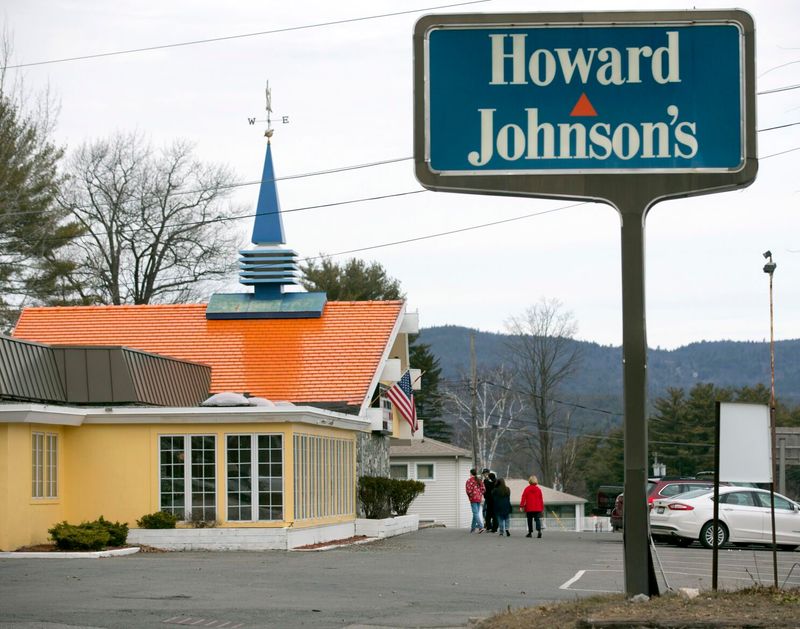
Howard Johnson’s was once synonymous with roadside dining, boasting its iconic orange roofs and familiar menus. Yet, as American palates evolved, the chain failed to innovate, leading to its decline. While it remained a nostalgic favorite for many, the lack of fresh concepts and flavors couldn’t sustain it. Howard Johnson’s serves as a reminder that even beloved brands must evolve to survive, leaving diners with fond memories but little appetite for a revival.
10. Red Barn
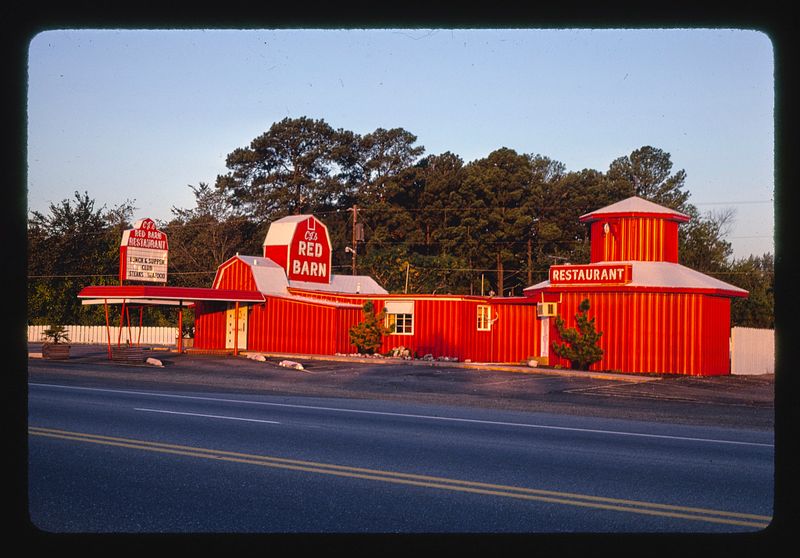
The Red Barn lured customers with its distinctive barn-like architecture and hefty ‘Big Barney’ burgers. However, the novelty of its design couldn’t mask the mediocrity of its offerings. As the fast-food industry evolved, Red Barn struggled to compete with more dynamic chains. The charming exterior belied an uninspired menu, leading to its eventual disappearance. While the architecture remains a nostalgic icon, the food left much to be desired.
11. Hot Sam Pretzels
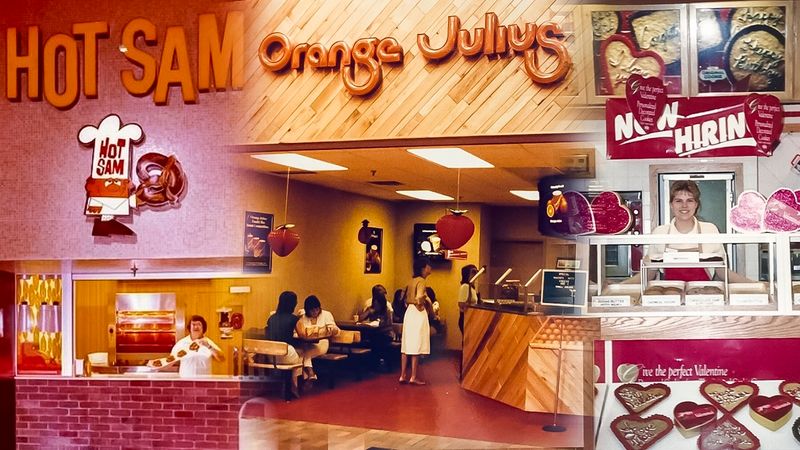
Hot Sam Pretzels once dominated mall food courts, offering a quick snack for busy shoppers. However, its limited menu and chewy pretzels couldn’t compete with emerging competitors like Auntie Anne’s. The simplicity that once attracted patrons became a liability as trends shifted. Despite fond memories from mall-goers of yesteryears, Hot Sam’s couldn’t maintain its foothold, leaving only a faint aroma of nostalgia in its wake.
12. All-Star Café
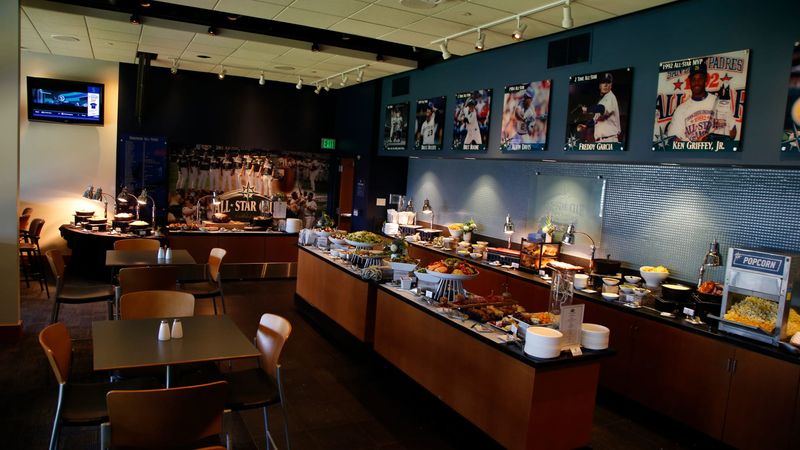
All-Star Café tried to marry sports fandom with dining, but the concept fell short. Packed with memorabilia, the ambiance overshadowed the lackluster food. The café’s attempt to ride the coattails of celebrity athlete endorsements couldn’t compensate for its culinary shortcomings. As the novelty wore off, so did customer interest, leading to empty tables and closed doors. All-Star Café is now a relic of ambitious but ultimately misguided dining ventures.
13. Bob’s Big Boy (Most Locations)
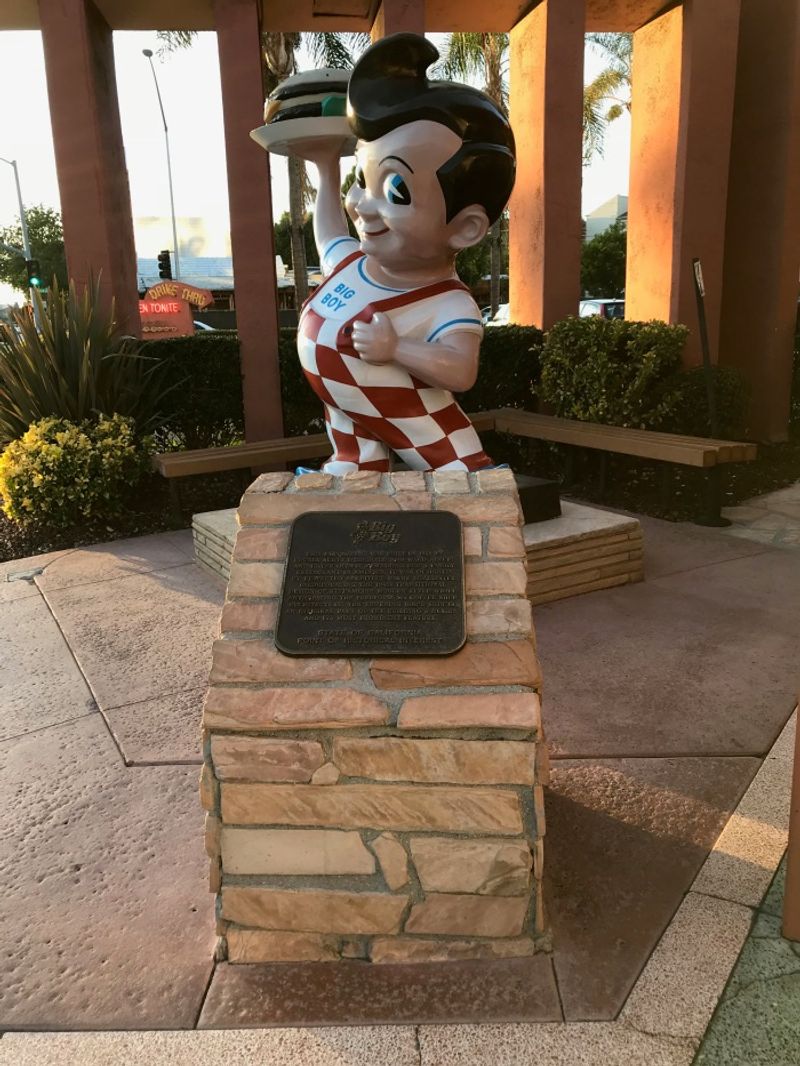
Once a staple of American diners, Bob’s Big Boy is now a rare sight. Known for its kitschy décor and iconic statue, most locations have shuttered. While a few remain, nostalgia can’t save the chain from its past blunders. The charm of its heyday lingers, but the menu and concept struggled to remain relevant. Bob’s Big Boy stands as a testament to the fleeting nature of trend-driven dining, with only a few outposts keeping the memory alive.
14. Burger Chef
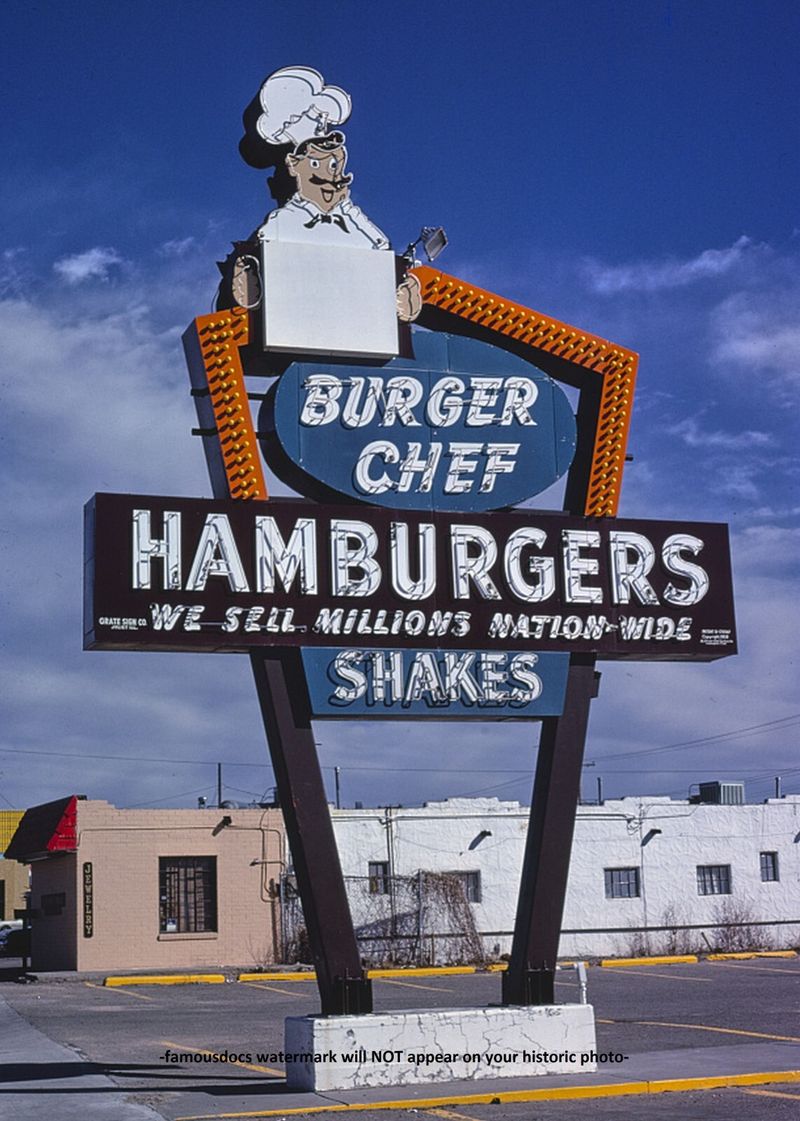
Burger Chef was once a titan in the fast-food arena, nearly rivaling McDonald’s in popularity. However, innovation stagnated, and the chain couldn’t keep up with its competitors. Known for pioneering the ‘works bar,’ it failed to capitalize on its head start. As others evolved, Burger Chef remained static, leading to its decline. While the name elicits nostalgia for some, the brand’s inability to adapt sealed its fate, leaving only memories of what could have been.
15. ShowBiz Pizza Place
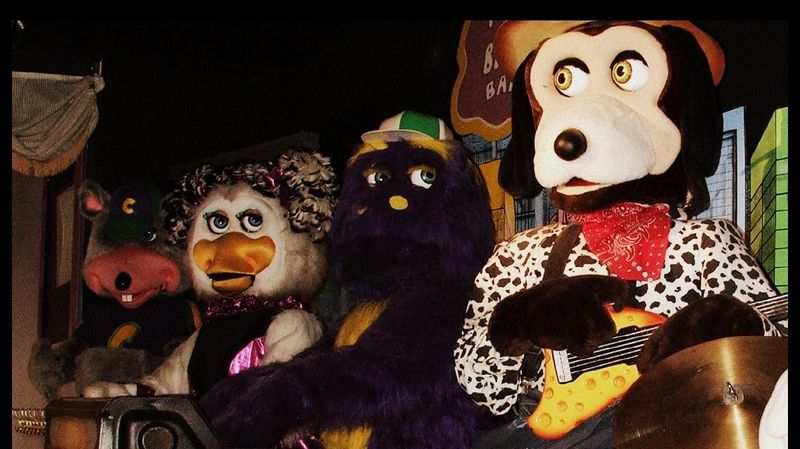
ShowBiz Pizza Place was once a children’s paradise, known for its animatronic band and arcade games. However, the novelty wore thin as competitors like Chuck E. Cheese adapted faster. The pizza was mediocre, overshadowed by the gimmicks that drew crowds. As entertainment tastes evolved, ShowBiz couldn’t keep up, leaving it a relic of 1980s childhoods. Although fondly remembered, the animatronics now seem quaint, with little chance of revival beyond nostalgia-driven events.
16. Ponderosa/Bonanza Steakhouses
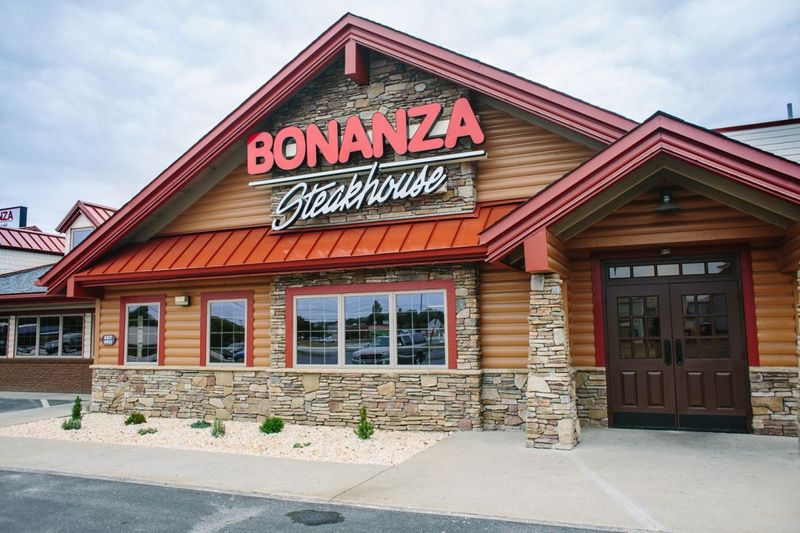
Ponderosa and Bonanza Steakhouses offered a taste of the Wild West with their buffet-style meals. However, the overcooked sides and bland meats couldn’t sustain interest, and the theme felt increasingly outdated. As dining preferences shifted towards fresher options, this duo couldn’t adapt quickly enough. The chains remain a fond memory for those who recall family outings, but their relevance in the modern dining scene waned, leaving behind a legacy of kitschy decor and bygone dining trends.
17. Yankee Doodle Dandy
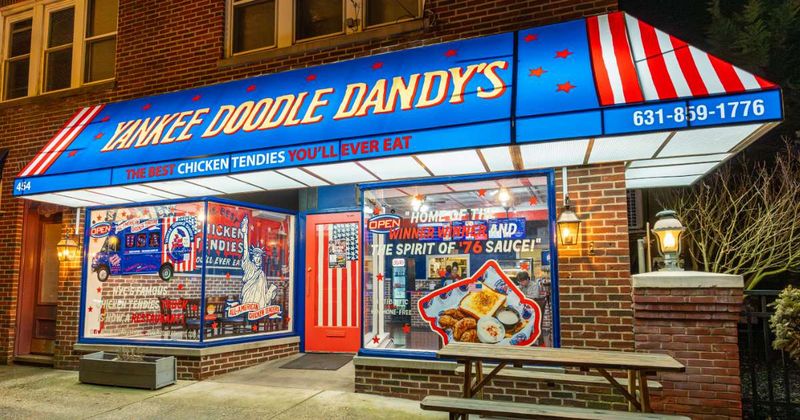
Yankee Doodle Dandy aimed to capture American patriotism, but struggled to translate it into a viable dining concept. The overly themed environment overshadowed the food, which failed to attract repeat customers. Marketing the concept proved challenging, as it didn’t resonate with diners beyond its initial novelty. While it stands as a unique footnote in dining history, Yankee Doodle Dandy’s ambitious theme ultimately couldn’t sustain long-term success, leading to its quiet fade from the culinary landscape.
18. Druther’s
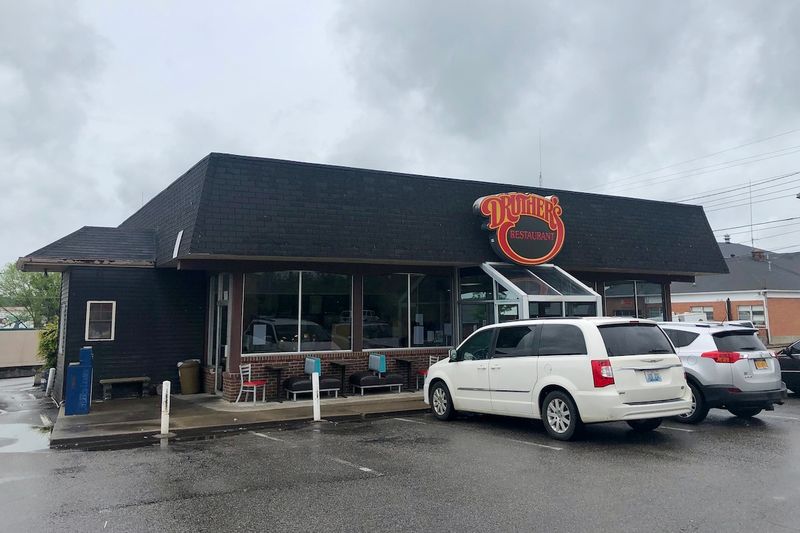
Originally known as Burger Queen, Druther’s struggled with its identity after rebranding. The menu was as scattered as its branding, failing to capture a dedicated audience. As competition grew fiercer, Druther’s couldn’t find its footing, leading to its rapid decline. Despite the nostalgic pull, its inconsistent offerings and identity crisis kept it from achieving lasting success. Druther’s now serves as a lesson in the importance of clear branding and menu focus.
19. White Tower
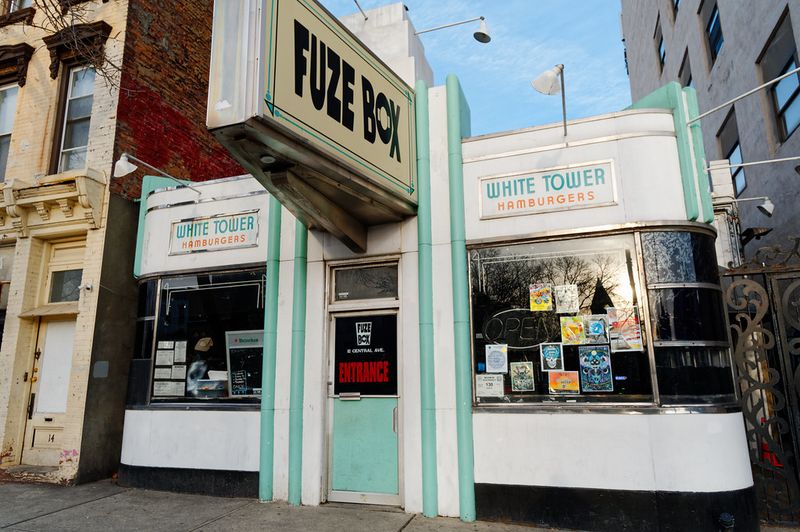
White Tower was a bold attempt to emulate White Castle, but it never truly captured the essence that made its inspiration successful. While it offered similar sliders, the execution lacked the charm and efficiency of its rival. White Tower’s inability to differentiate itself led to its downfall, as it remained perpetually in the shadow of White Castle. The chain’s history is a tale of ambition overshadowed by imitation, leaving behind a modest legacy of vintage architecture.
20. Sambos
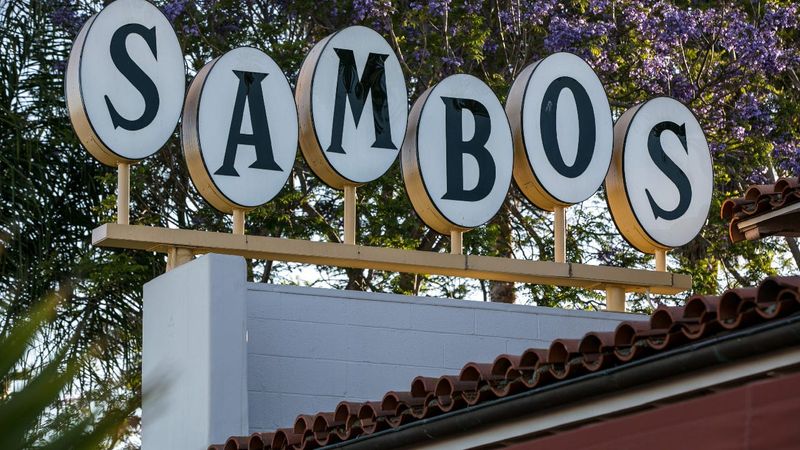
Sambos became infamous for its controversial branding, a factor that overshadowed its culinary offerings. Despite initial popularity, the chain failed to evolve its brand image or menu, leading to declining interest. As societal awareness grew, Sambos couldn’t shake its outdated image, contributing to its demise. The chain remains a historical reminder of how branding missteps can seal a restaurant’s fate, leaving only a contentious legacy in its wake.
